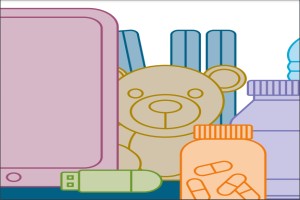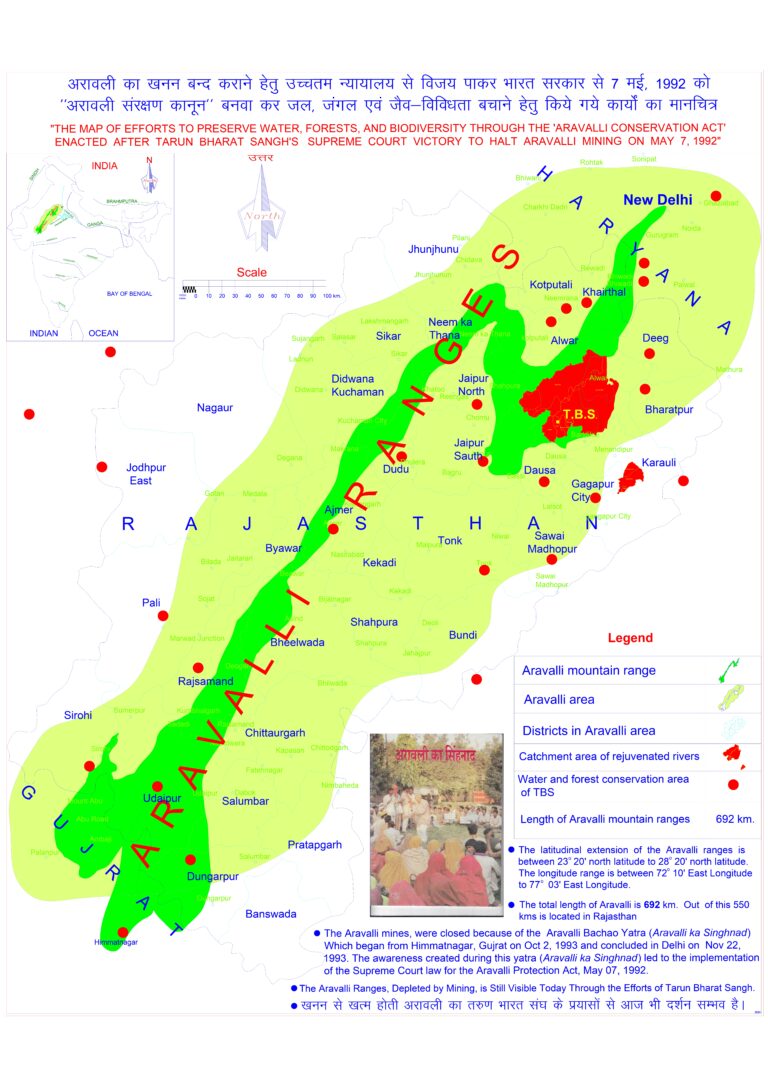
Technical Barriers To Trade

Geneva: While approximately half of the World Trade Organization (WTO) membership regularly notifies the WTO about new regulations or changes to old ones, protection of human health or safety was at the heart of almost half – 45% – of all notified regulations in 2020 when over 100 technical barriers to trade (TBT) notifications dealt with measures related to the COVID-19 pandemic.
In 2020, a record number of new trade concerns – 57 – were discussed at the TBT Committee, despite the disruptions arising from the pandemic. eAgenda, an online tool for raising and responding to trade concerns, ensured that the discussion of trade concerns could continue when in-person meetings were put on hold. About one-third of the WTO membership, 57 members, participated in discussions on trade concerns in 2020. This was an increase on the 45 who took part in 2019.
In all, WTO members submitted more than 3,000 notifications about product requirements for traded goods to the Technical Barriers to Trade (TBT) Committee in 2020. Notifications are a form of advance notice. They provide an opportunity for the WTO membership to comment on the draft measures before they enter into force. Typically, they are about health or safety requirements or measures taken to protect the environment.

The TBT Agreement aims to ensure that technical regulations, standards and conformity assessment procedures are non-discriminatory and do not create unnecessary obstacles to trade. At the same time, it recognises WTO members’ right to implement measures to achieve legitimate policy objectives, such as the protection of human health and safety, or protection of the environment.
The TBT notifications on one hand shed light on members’ upcoming changes in product requirements, the predictability of the trading environment, and on the other hand also help avoid unexpected costs and delays – especially important for micro, small and medium-sized enterprises (MSMEs).
The number of trade concerns raised by WTO members at the TBT Committee has grown by 26% per year, on average. Discussion of these concerns often allows members to reduce trade tensions before a measure enters into force and helps avoid escalation to a formal dispute. Concerns are usually raised in response to notifications, ranging from simple requests for clarification to concerns about potential inconsistencies with the TBT Agreement.

The WTO launched a new booklet on May 10, 2021 highlighting ten key results from the latest annual review of the Technical Barriers to Trade (TBT) Agreement. The booklet outlines how WTO members are implementing the Agreement.
The booklet focuses on members’ compliance with notification requirements under the TBT Agreement and the concerns raised in the TBT Committee, often in response to these notifications. Governments are required to “notify” other members, through the WTO Secretariat, of proposed measures that may have a significant effect on other members’ trade and that are not in accordance with relevant international standards.
Key results highlighted in the publication are as follows:
- Over 3,000 notifications are submitted annually.
- The number of notifications has increased by more than 11% each year.
- East Africa submitted 26% of notifications in 2020.
- Half of the WTO membership regularly submits notifications.
- A period of 56 days is allowed, on average, for members to comment on most notifications.
- Almost half of all notified regulations relate to protection of health.
- The WTO’s main tool to disseminate TBT notifications, ePing, has more than 12,000 users.
- Trade concerns raised by WTO members have grown by 26% per year, on average.
- A record number of new trade concerns — 57 — were raised in 2020.
- About one-third of WTO members took part in discussions on trade concerns in 2020.
– global bihari bureau





